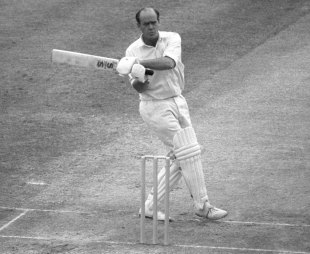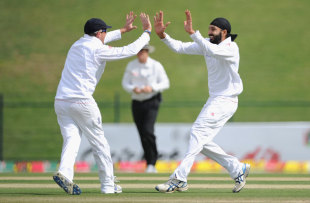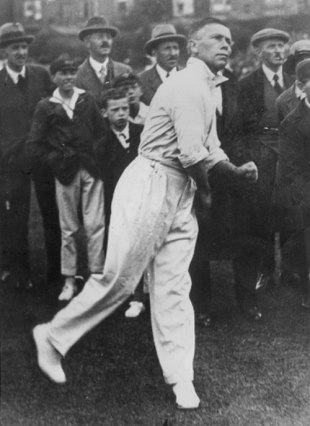Prospective students will have to complete assessment as part of their application ‘to prove potential to succeed’
Cambridge University is to introduce the tests in autumn 2017. Photograph: Nick Ansell/PA
Press Association
Tuesday 2 February 2016 10.48 GMT
Potential Cambridge students will have to sit written tests as part of their application in future, the university has announced.
In a change to its admission system, the prestigious institution confirmed it was introducing written assessments, tailored to each subject, which will be taken by candidates either before or at their interview.
The move will affect students applying for courses starting in autumn 2017 – when in a major overhaul of the exams system sixth-formers will sit the first batch of new GCSEs and A-levels in some subjects.
In a letter to UK schools and colleges, Dr Sam Lucy, the university’s director of admission, said the change would provide “valuable additional evidence of our applicants’ academic abilities, knowledge base and potential to succeed in the Cambridge course for which they have applied”.
“This move is a result of responding to teacher and student feedback, a desire to harmonise and simplify our existing use of written assessments and a need to develop new ways to maintain the effectiveness and fairness of our admissions system during ongoing qualification reform,” Lucy added.
Cambridge University has been outspoken about a key plank of the government’s exams reforms – the decision to hive off AS-levels from A-levels to form a standalone qualification.
It has argued that for admission to its courses, AS-levels are the best predictor of how well a student will perform in every subject except maths.
In November 2014, it wrote to all schools and colleges urging teachers to continue to offer the qualification.
From summer 2017, sixth-formers will be sitting new A-level exams in some subjects, and existing A-levels in others.
In addition, while some schools and colleges will opt to keep one-year AS-levels and teach them alongside A-levels, others are set to drop the qualification to focus on the two-year qualifications.
Press Association
Tuesday 2 February 2016 10.48 GMT
Potential Cambridge students will have to sit written tests as part of their application in future, the university has announced.
In a change to its admission system, the prestigious institution confirmed it was introducing written assessments, tailored to each subject, which will be taken by candidates either before or at their interview.
The move will affect students applying for courses starting in autumn 2017 – when in a major overhaul of the exams system sixth-formers will sit the first batch of new GCSEs and A-levels in some subjects.
In a letter to UK schools and colleges, Dr Sam Lucy, the university’s director of admission, said the change would provide “valuable additional evidence of our applicants’ academic abilities, knowledge base and potential to succeed in the Cambridge course for which they have applied”.
“This move is a result of responding to teacher and student feedback, a desire to harmonise and simplify our existing use of written assessments and a need to develop new ways to maintain the effectiveness and fairness of our admissions system during ongoing qualification reform,” Lucy added.
Cambridge University has been outspoken about a key plank of the government’s exams reforms – the decision to hive off AS-levels from A-levels to form a standalone qualification.
It has argued that for admission to its courses, AS-levels are the best predictor of how well a student will perform in every subject except maths.
In November 2014, it wrote to all schools and colleges urging teachers to continue to offer the qualification.
From summer 2017, sixth-formers will be sitting new A-level exams in some subjects, and existing A-levels in others.
In addition, while some schools and colleges will opt to keep one-year AS-levels and teach them alongside A-levels, others are set to drop the qualification to focus on the two-year qualifications.






